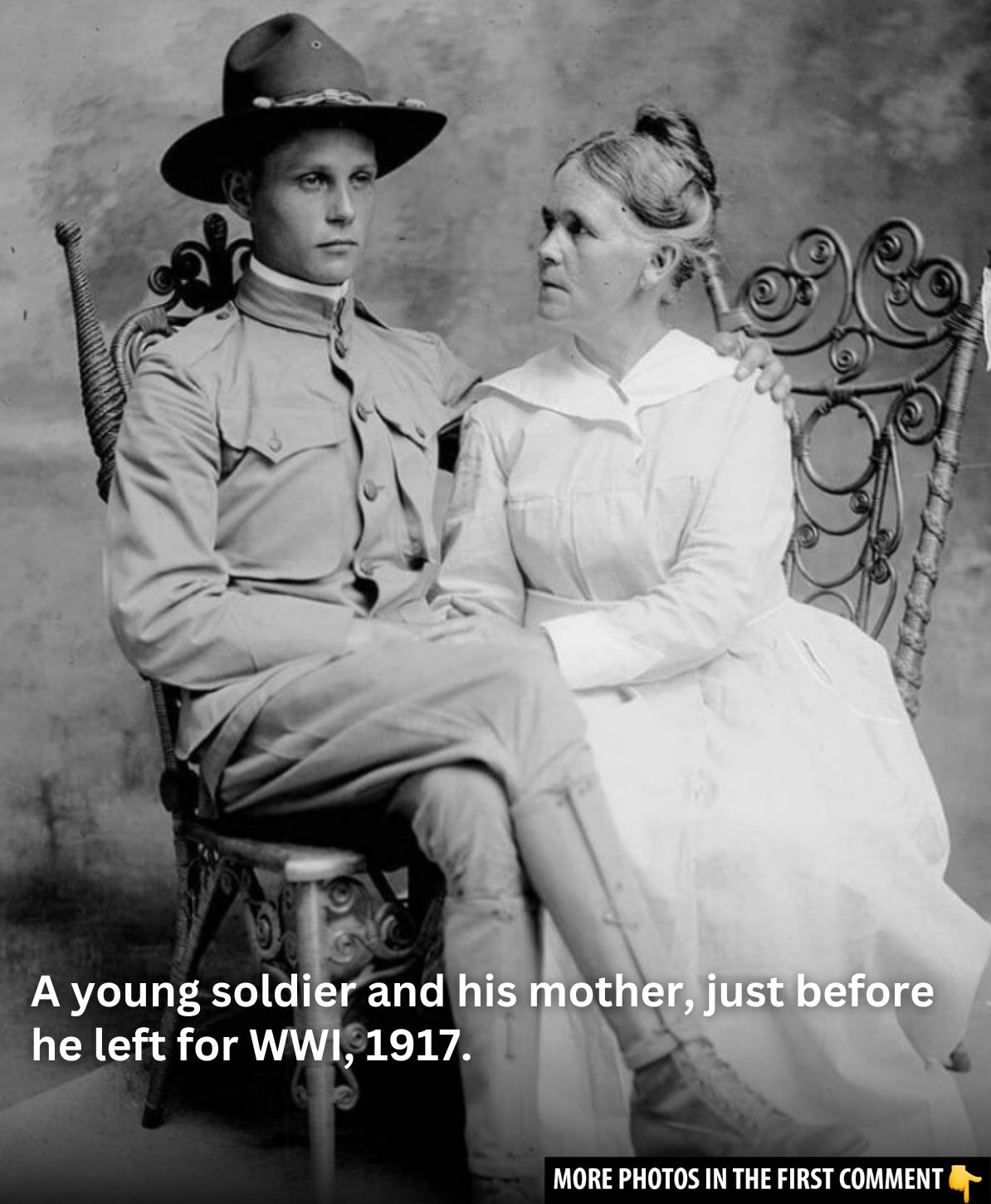The First World War, known as the Great War, stands as one of the most defining and devastating conflicts in human history. Spanning from 1914 to 1918, it brought together millions of soldiers and civilians from across the world. While much of the imagery from this war is black and white, a collection of rare color photographs has recently emerged, offering a fresh perspective on the devastating and transformative nature of this global conflict. These photographs serve as powerful, visual time capsules, providing a rare opportunity to experience the humanity, technology, and landscapes that defined the war in all their vivid color.
Humanizing the War: Soldiers Through the Lens

One of the most striking features of the color photographs from World War I is the way they humanize the soldiers involved. We are so accustomed to seeing historical wars through monochrome images, where the details can often seem distant or impersonal. However, these rare color photographs show soldiers in moments of vulnerability, laughter, and camaraderie. We see fresh recruits as they prepare for battle, their faces full of anticipation and fear. Some smile for the camera, sharing a brief moment of levity amidst the chaos.
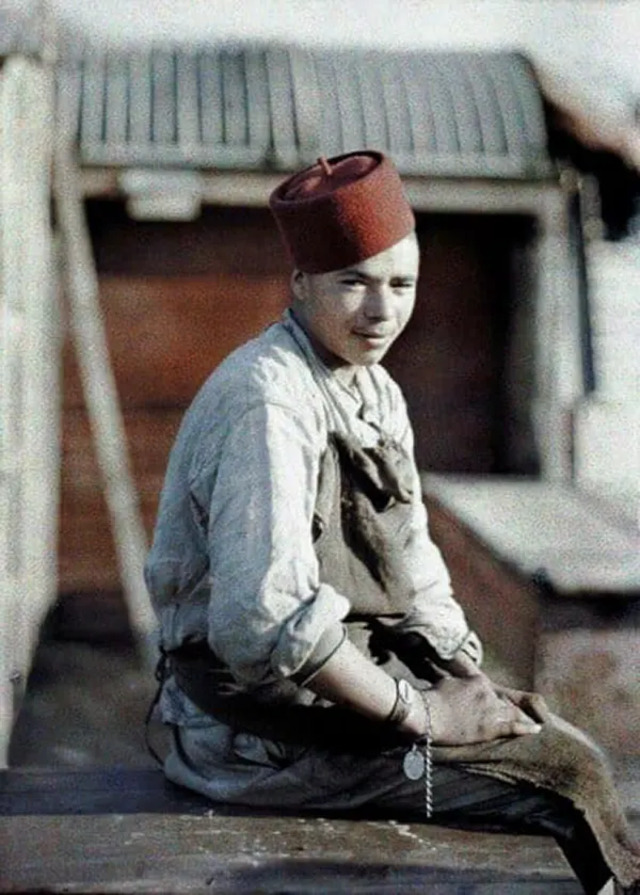
These images remind us that the soldiers were not just faceless combatants but real individuals—men with families, dreams, and hopes for the future. Among these portraits are soldiers from all corners of the world, including the Senegalese troops serving with the French army, and soldiers from Africa, Indochina, and even China. These color photos break down barriers and allow us to witness their personal stories in a way black and white photos simply cannot.
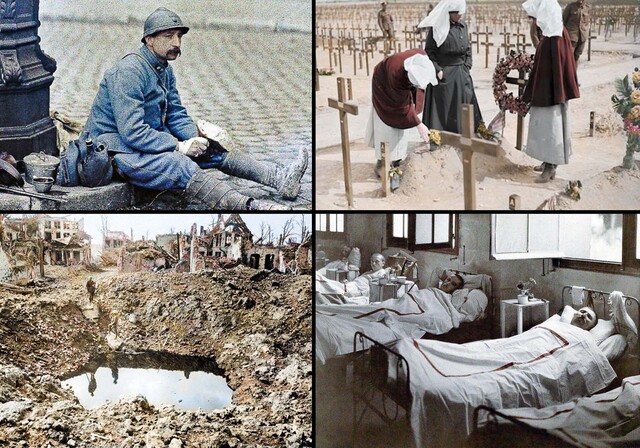
Video
Watch this documentary to learn about the Battle of the Somme during WWI.
The Brutality of the Western Front: Life in the Trenches
The Western Front, often regarded as the heart of the First World War, was characterized by brutal trench warfare. Soldiers dug in and faced constant artillery fire, machine gun attacks, and poison gas. The conditions were horrific—muddy, rat-infested trenches, constant bombardment, and a daily struggle for survival.
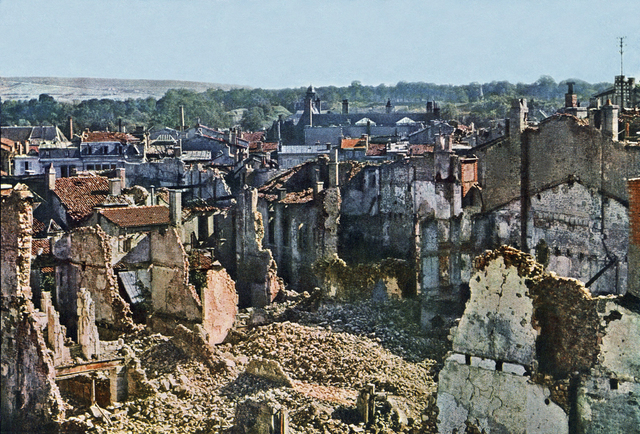
Through the lens of these rare color photographs, we are able to see the scale of destruction that was wrought upon the landscape. The trench systems stretched for miles across the land, turning once vibrant landscapes into desolate, war-torn wastelands. Images of French soldiers and their comrades in battle, huddled under heavy fire or setting up defensive positions amidst the rubble, capture the harsh realities of life at the front. The color of the mud, the tattered uniforms, and the broken, crumbling buildings give us a vivid sense of the devastation and the emotional weight carried by those who endured these battles.
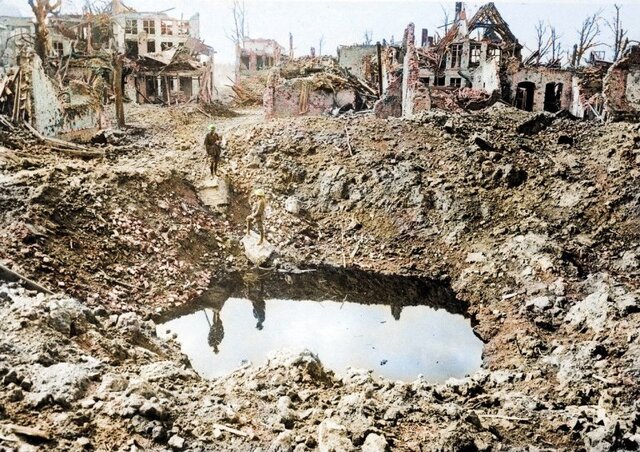
Civilians Caught in the Crossfire: The Impact Beyond the Battlefield
While the focus is often on soldiers, the civilian populations that lived through World War I suffered just as much. Many of the color photos from the war show civilians—workers, families, and children—caught in the crossfire, facing daily bombings, occupation, and devastation. Women and children in war-torn France are seen moving through the rubble of their homes, while workers from colonies like Indochina labor under harsh conditions to help the war effort.
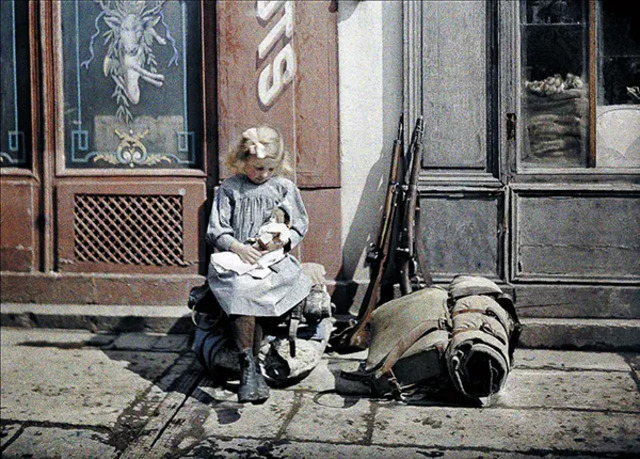
In one particularly striking image, a young girl is pictured holding a doll, standing next to soldiers’ equipment in Reims, France, where the war’s effects are felt far beyond the frontlines. These images provide a stark reminder that war is never just about soldiers; it touches every aspect of society. For civilians, the war was a long and painful struggle for survival.
The Eastern and Middle Eastern Fronts: War Beyond the Western Line
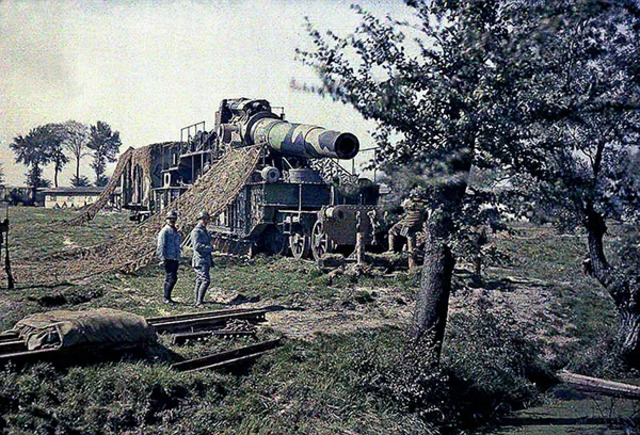
While much of the focus on World War I has traditionally been on the Western Front, the war’s impact extended far beyond Europe. On the Eastern Front, Russian soldiers faced off against the German Empire and its allies, in a conflict that was often more mobile, yet just as deadly. The images of Russian troops on the move, their faces hardened by the cold and the brutality of war, remind us of the vast scale of the conflict.
Additionally, the Middle Eastern theater of war saw thousands of workers and soldiers recruited from British colonies, including Chinese laborers who were enlisted to work on the front lines. These rare color photographs provide a glimpse of life on the fringes of the war, offering a more comprehensive view of how the war reached across continents and affected different populations.
Technology of War: Innovations and Destruction in Color
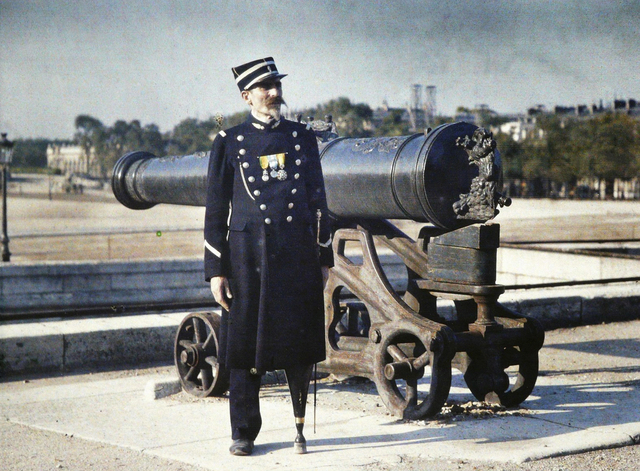
One of the key aspects of World War I was the rapid technological advancements in military weaponry. The introduction of tanks, machine guns, airplanes, and gas warfare completely transformed the way battles were fought. Rare color photos of tanks rolling into battle or machine gunners setting up amidst ruins highlight the terrifying new technologies that played a decisive role in the conflict. The explosions, artillery bombardments, and devastating effects of these weapons are captured in vivid color, bringing a new level of intensity to our understanding of the war’s destructive power.
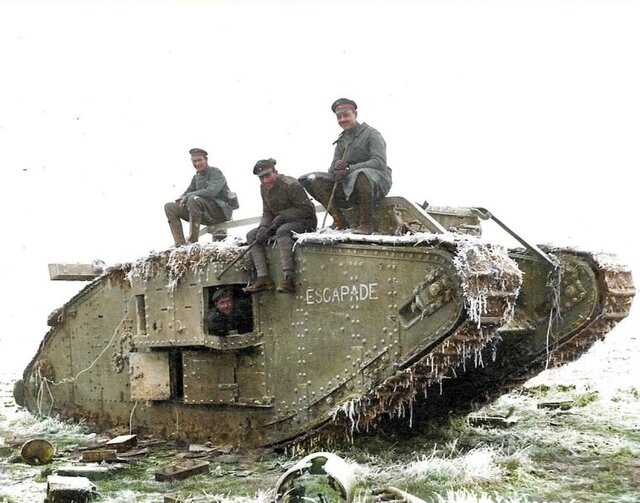
One of the most striking images shows the aftermath of the British detonation of 21 tons of explosives under German positions near Messines, Belgium—an explosion that killed 10,000 soldiers. The sheer scale of such destruction is made all the more powerful when viewed through the lens of color photography, giving a tangible sense of the scale of devastation that occurred during the war.
The Global Impact of WWI: Soldiers from Across the World
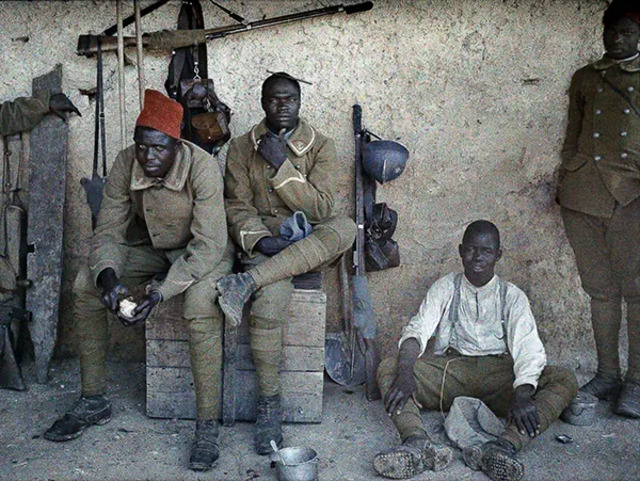
The First World War was not just a European conflict—it was a truly global war. Soldiers from around the world were drawn into the fight, and these rare photographs capture their diverse backgrounds. From Senegalese soldiers serving with the French army to Algerian workers laboring in France, the war brought people from all walks of life into contact with one another.
The photographs of these soldiers—many of whom were fighting far from home—offer us a rare glimpse into the role that non-European forces played in the war. These images shed light on the often overlooked contributions of soldiers from colonies and demonstrate the global nature of the conflict.
The Aftermath: The War’s Devastating Toll on People and Landscapes
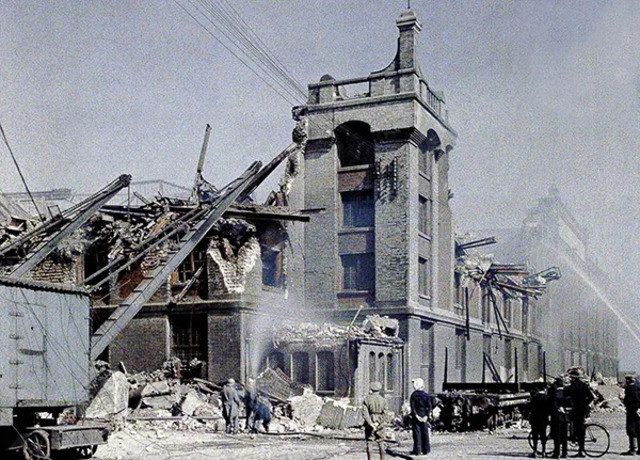
The aftermath of World War I left Europe in ruins. Entire cities were leveled, and millions of lives were lost. The rare color photographs of the war’s aftermath—of destroyed buildings, craters, and shattered landscapes—convey the immense cost of the conflict. French military cemeteries, images of wounded soldiers, and the long lines of people waiting for aid remind us of the lasting scars that the war left on both the land and the people.
These photographs also capture the emotional toll of the war, as soldiers returned home wounded, mentally scarred, and physically broken. The images of soldiers in field hospitals, receiving medical attention, or standing amidst the ruins of their former lives highlight the human cost of the war, beyond the battlefields.
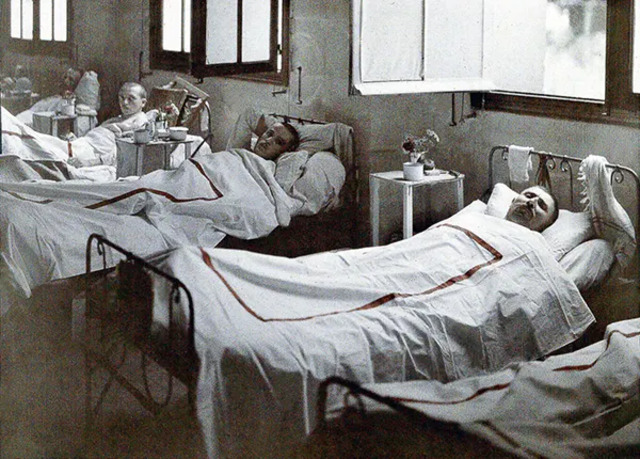
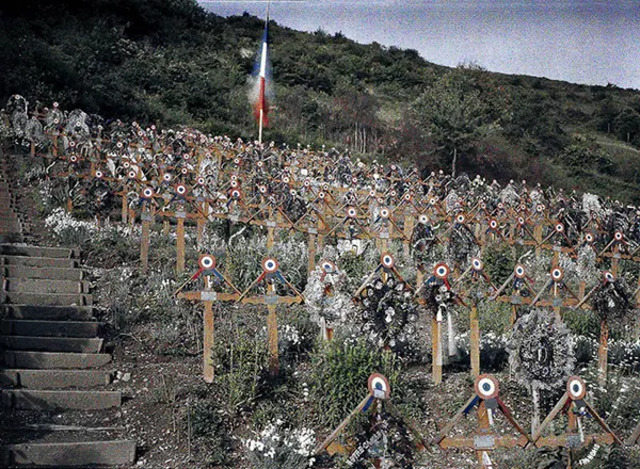
Gallery: A Glimpse into the Great War in Color
The following gallery showcases a selection of rare color photographs from the First World War. These images, some of which have never been widely seen before, offer an extraordinary insight into the lives of soldiers, civilians, and landscapes affected by the conflict.
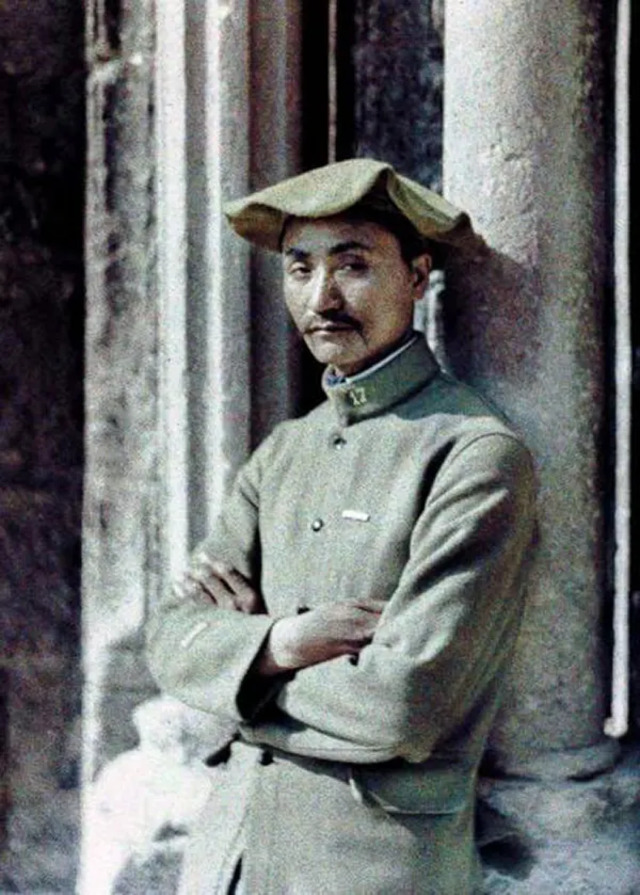
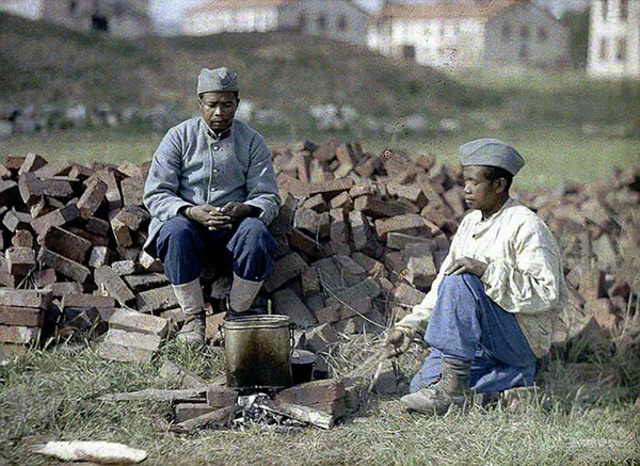
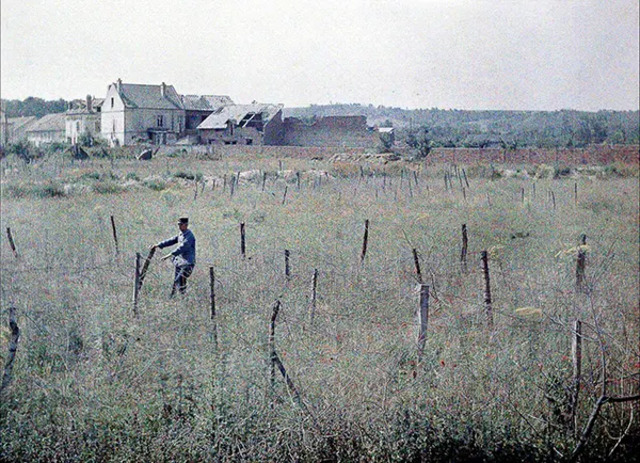
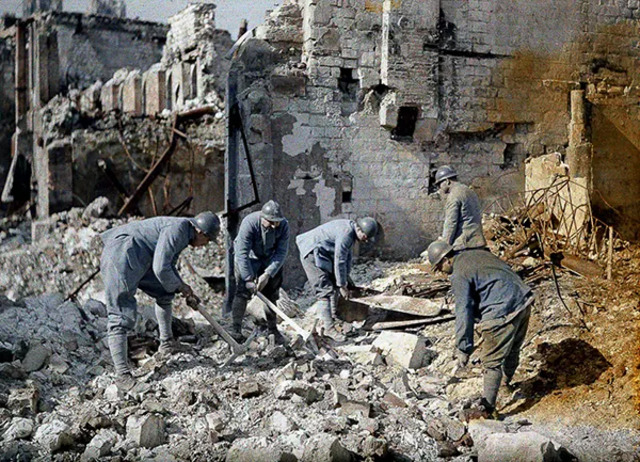
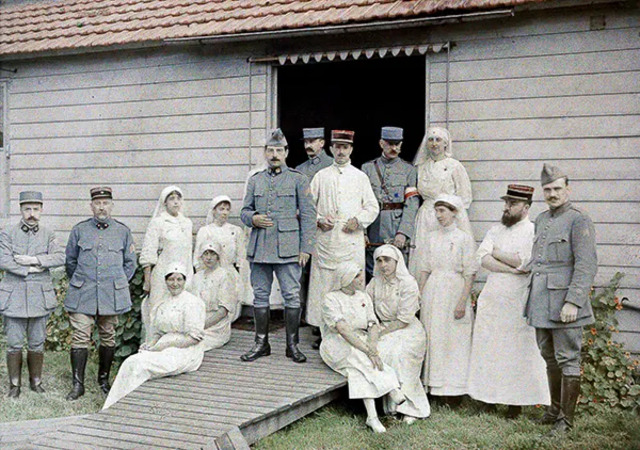
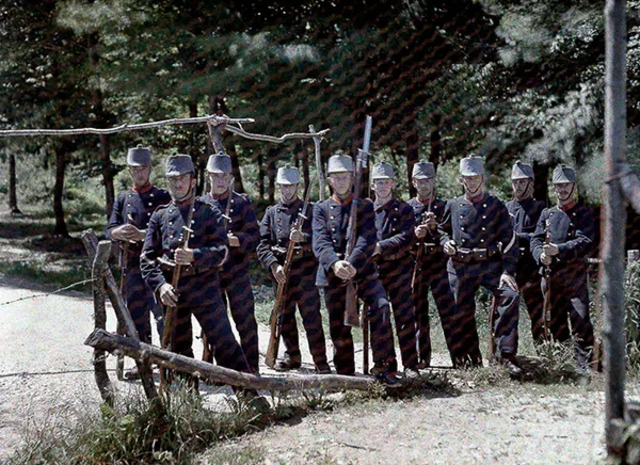
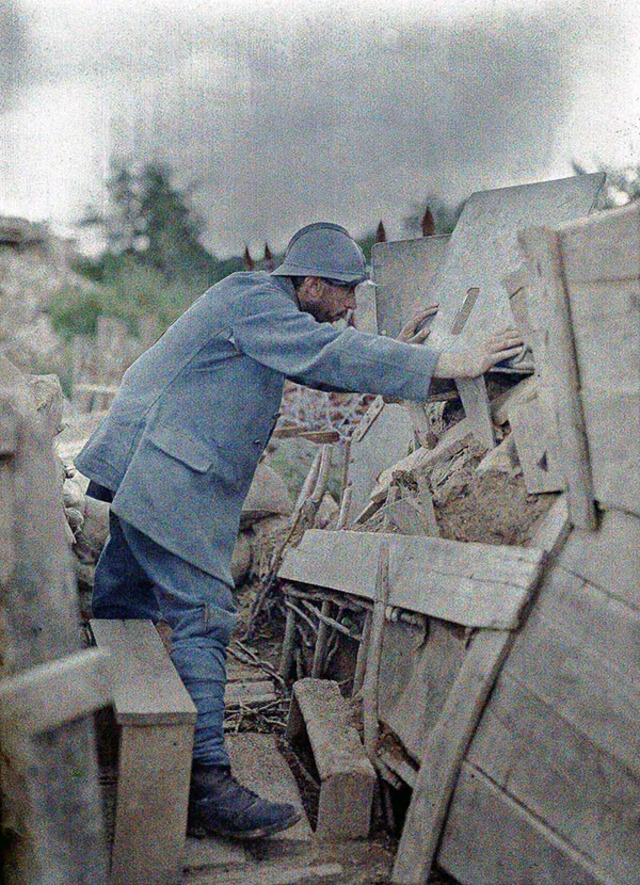
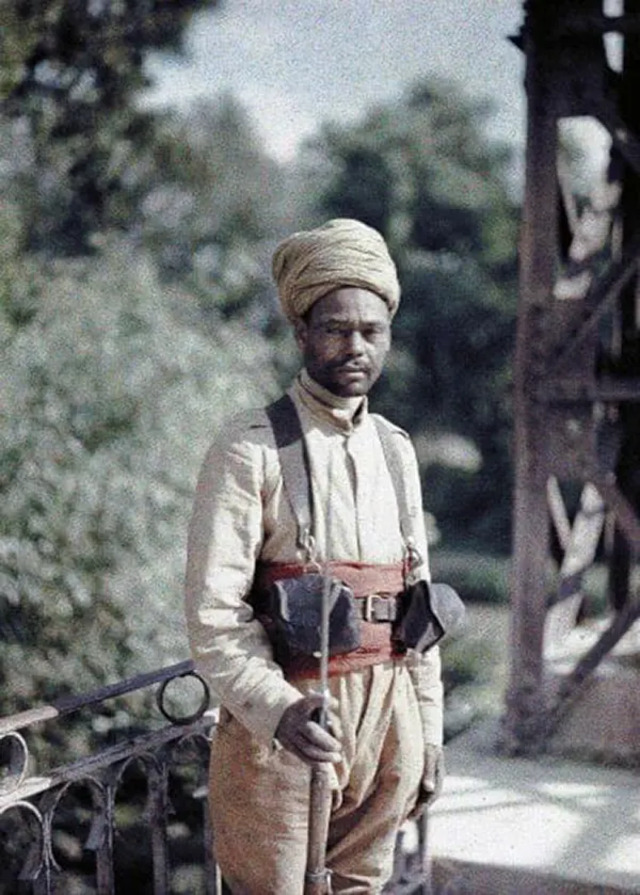
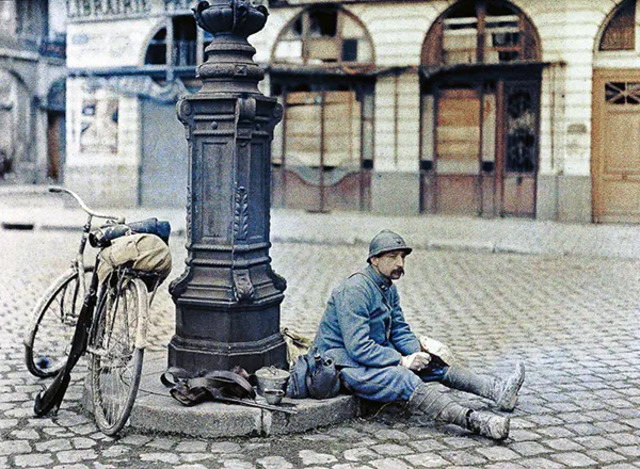
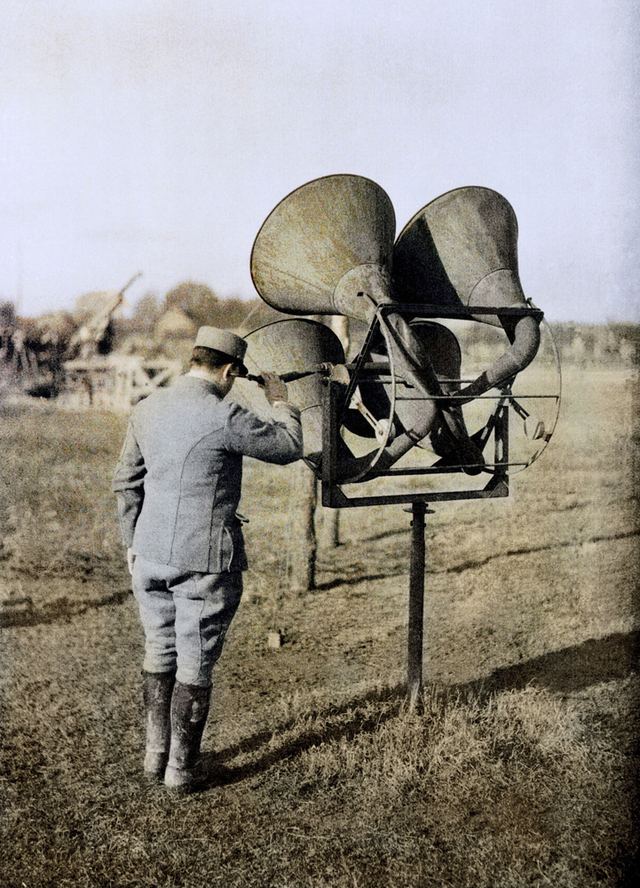
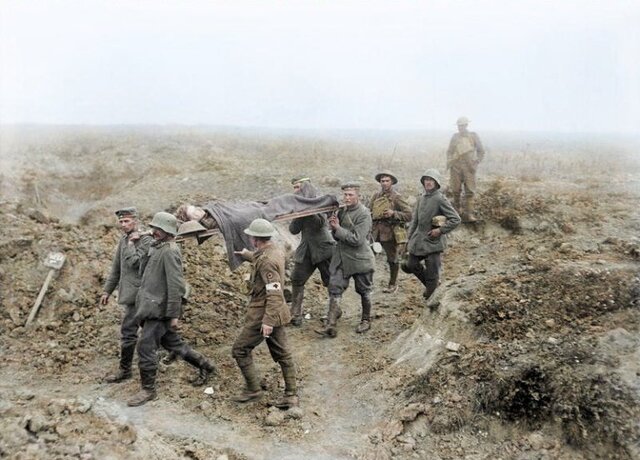
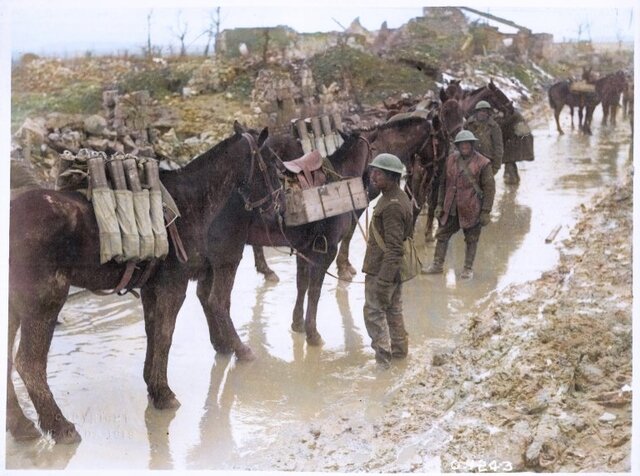
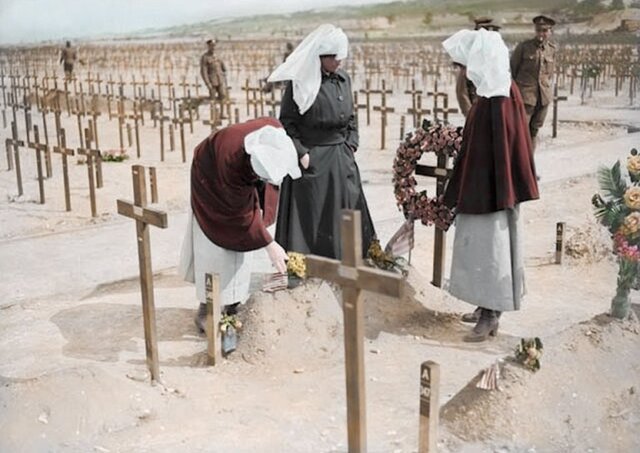
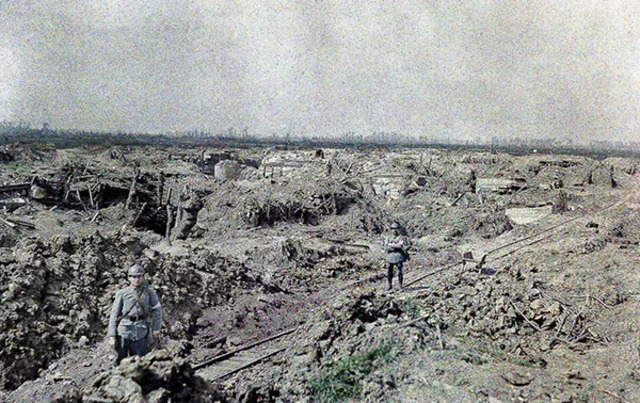
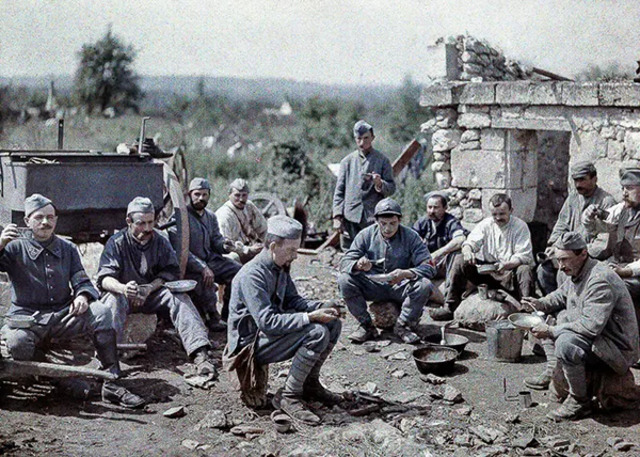
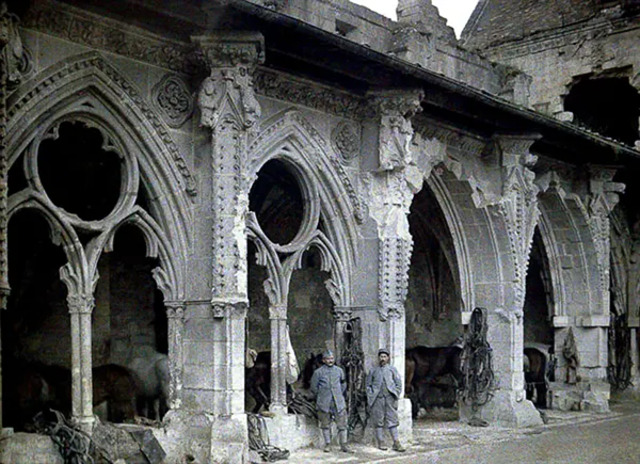
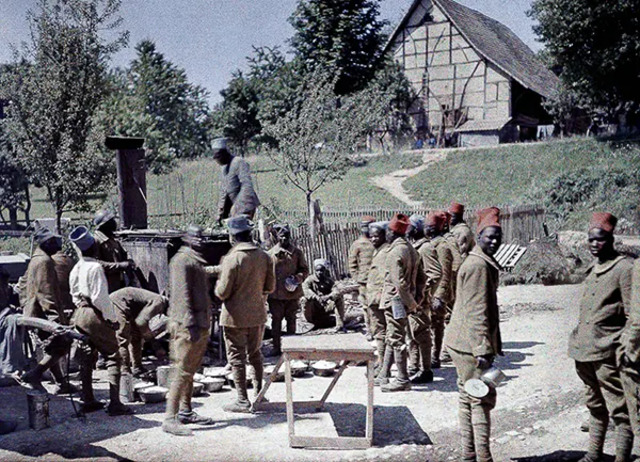
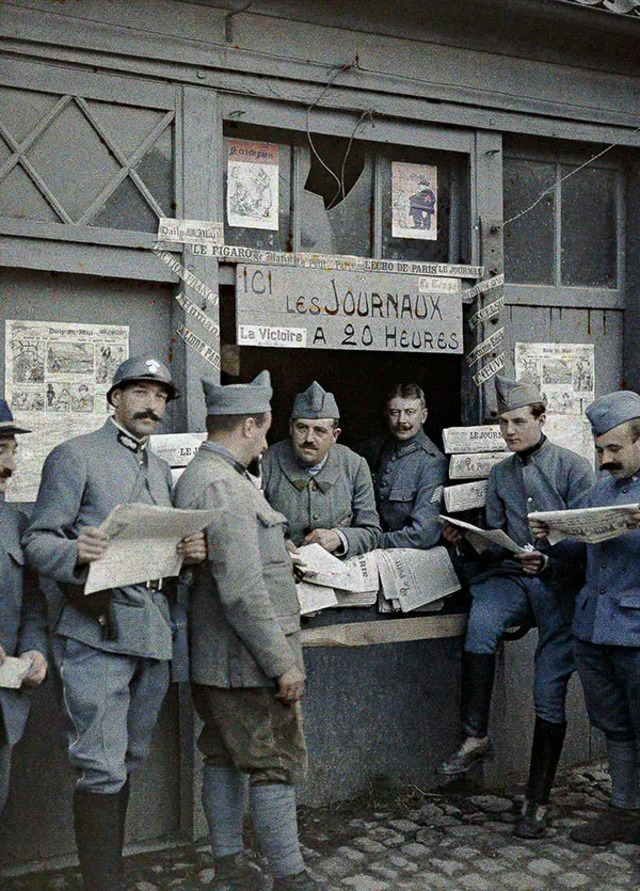
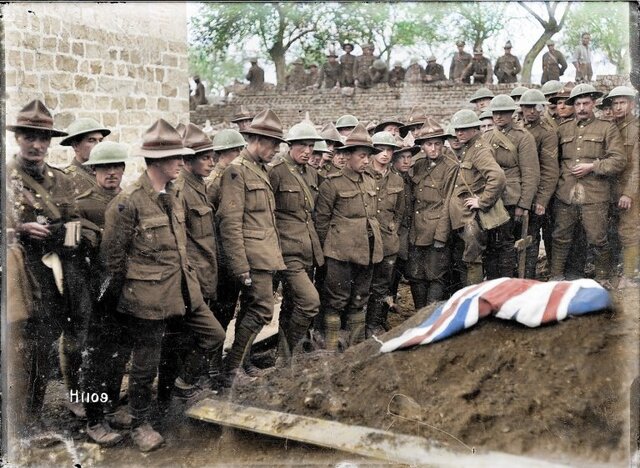
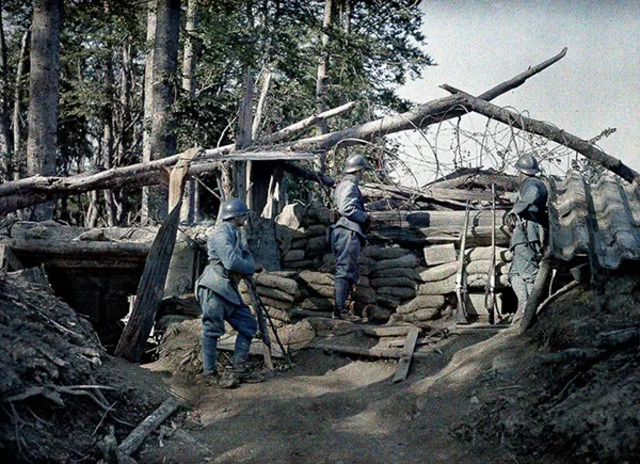
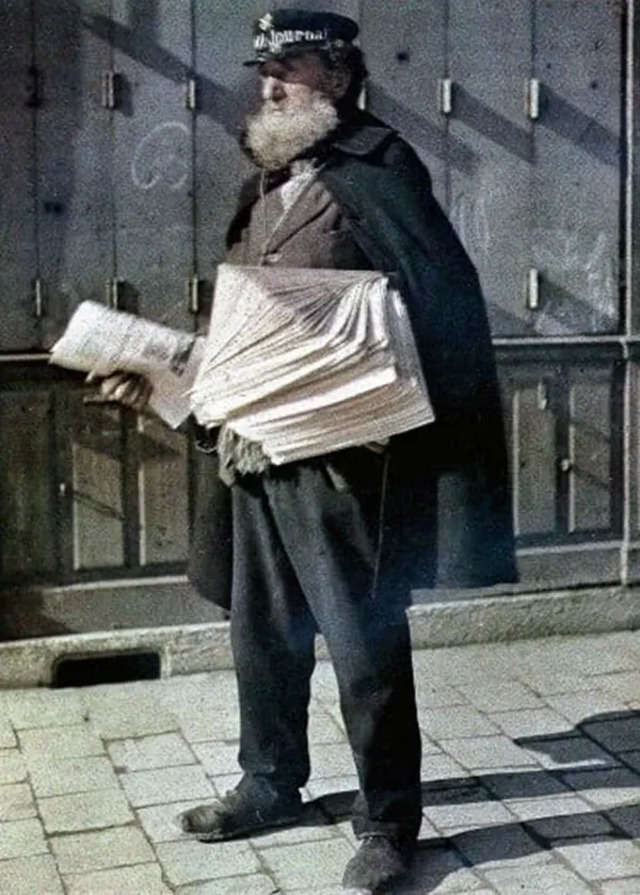
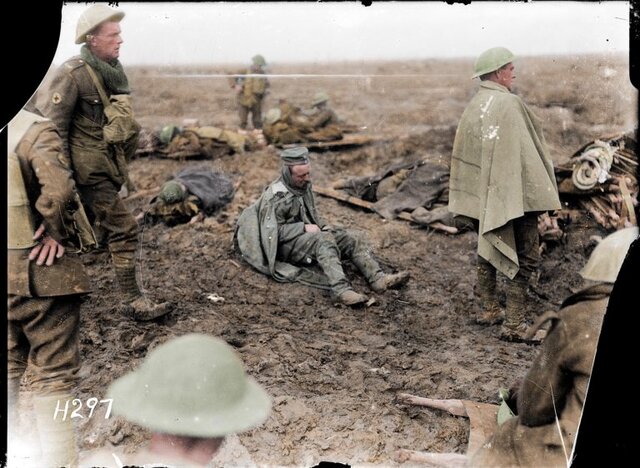
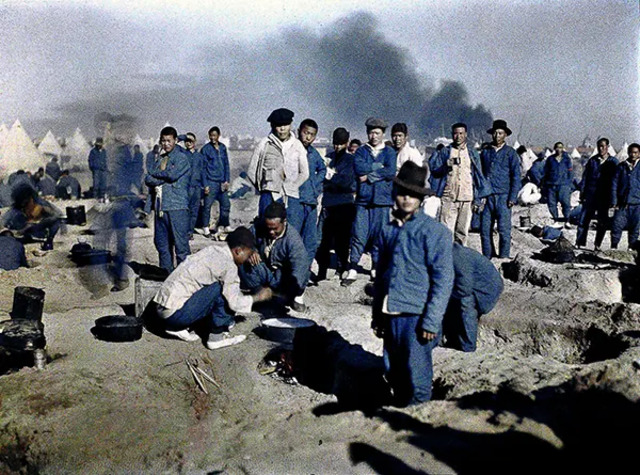
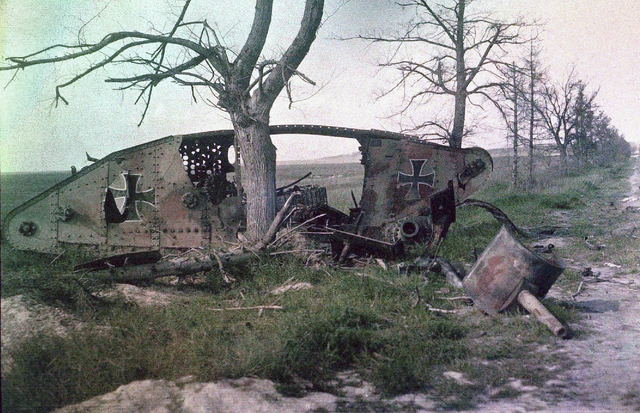
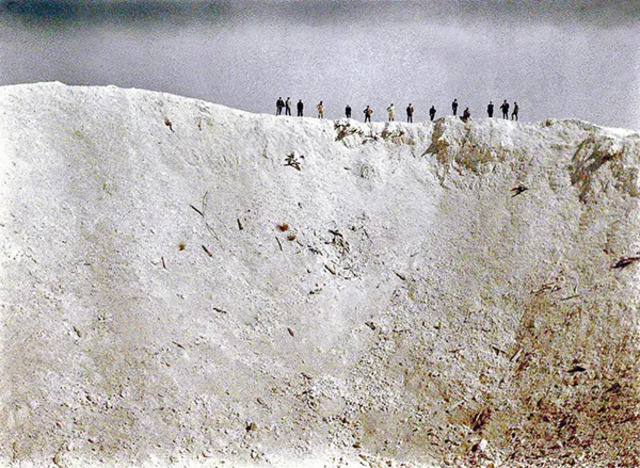
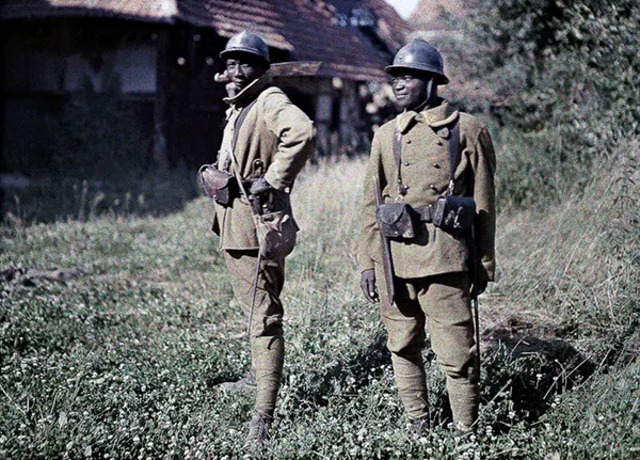
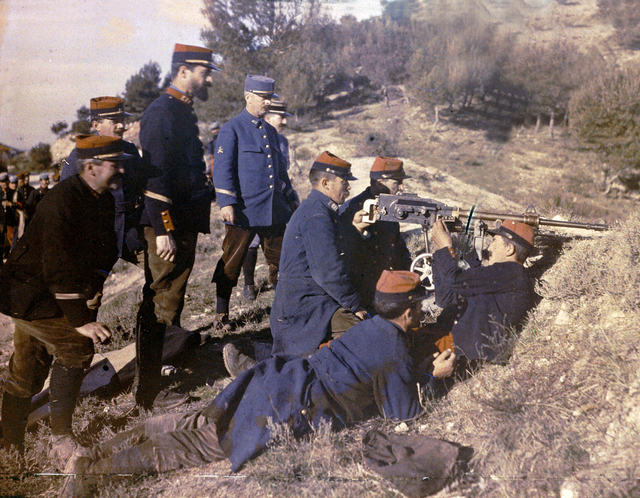
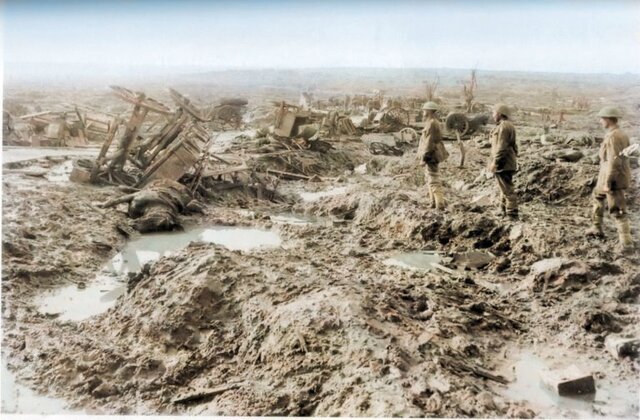
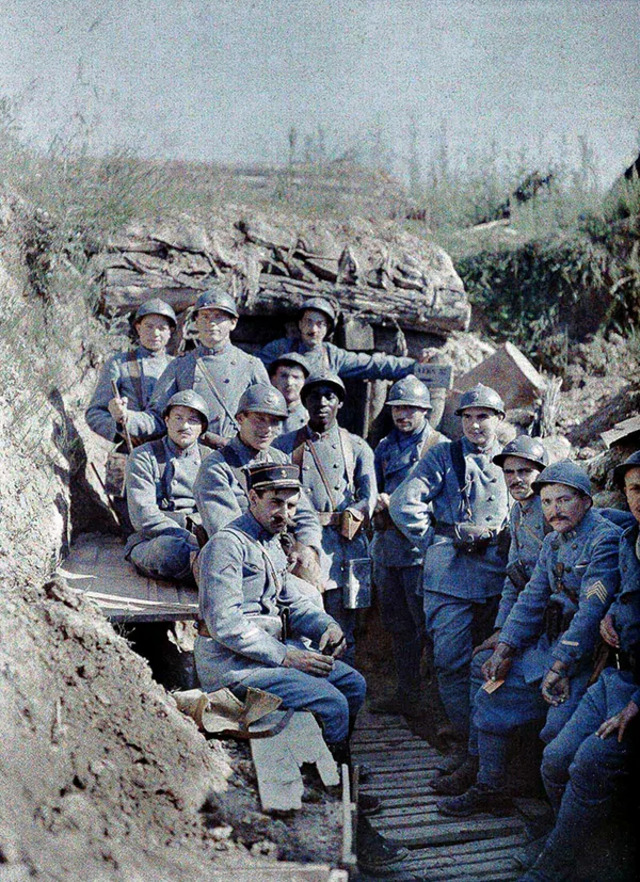
Video
Watch this video to explore the complete history of World War 1 in all its parts!
Conclusion: A Vivid Legacy of History
The rare color photographs from the First World War are more than just historical artifacts; they are windows into the past, allowing us to experience the war in a way that black and white photos simply cannot. These images humanize the conflict, revealing the faces of soldiers and civilians who lived through unimaginable hardship. They offer a vivid, immersive glimpse into the devastation, heroism, and loss that defined the war.
In the end, these photographs serve as a reminder of the immense cost of war and the importance of preserving history in its most vivid form. They ensure that the lessons learned from the Great War are passed down to future generations, keeping the memories of those who lived through it alive for years to come.
